The robust progress in the IT industry during recent years has also evolved businesses. With the revolution of advanced software and hardware technologies, the records associated with any retail business are digital. The electronic maintenance of records saves resources, is more reliable, and can be backed up with a minimum chance of data loss.
The Point of sale systems have been specifically designed to keep track of all sales orders, inventory records, POS transactions, customer profile management, and all other activities being carried out in a retail store. Popular POS systems aiding businesses in improving their sales include Magestore’s Magento POS, SquareUp, Lightspeed, Shopkeep, etc.
What is POS transaction?
The POS transaction takes place when a payment is made by a customer at a cash counter or online store in exchange for products or services provided to them. In general terms, a point of sale transaction occurs whenever an activity involving the conversion of assets, liabilities or equity occurs.
The exchange of cash and goods can occur in any medium depending upon the nature of the business or store from which the purchase is being made. The transactions involve two user roles: a buyer and a seller. The systems comprising of software and hardware which keep track of these transactions are termed POS or Point of sale systems.
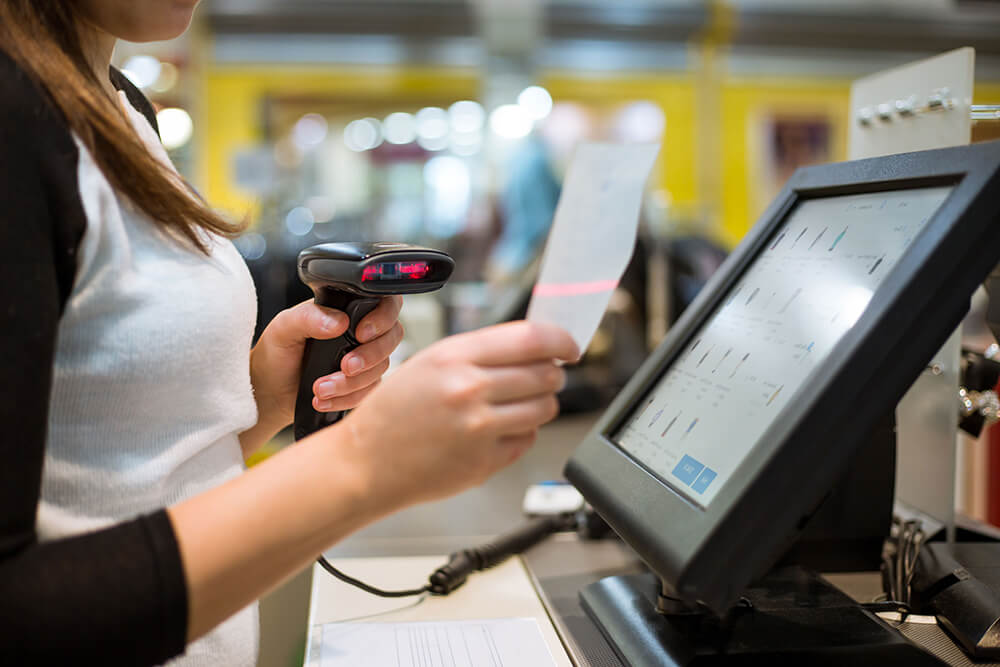
As a result, any monetary exchange taking place through a cash counter integrated with a POS software and hardware is known as a Point of sale transaction. Retailers purchase the POS system to keep an eye on the number of transactions being made on a daily, monthly, or annual basis.
The POS systems are also responsible for calculating the amount of cash generated each day on sales of different products. Other amazing features include inventory management, POS report generation, customer profile management, stock management, predicting stock requirements, etc.
Utilizing a POS system for recording and monitoring Point of Sale transactions will help retailers and sellers maintain reliable records. It is also to measure the progress of their businesses in an effective manner.
These systems also help the sellers in devising strategies to improve sales by looking at the demand and sales of each product and the impact of sales procedures already implemented. It can also generate POS reports in accordance with the input data.
POS transaction types
Each sale or purchase involves the transaction of money but the medium through which this money is being transferred can vary in different cases. The two major categories of POS transactions are mentioned below along with precise descriptions:
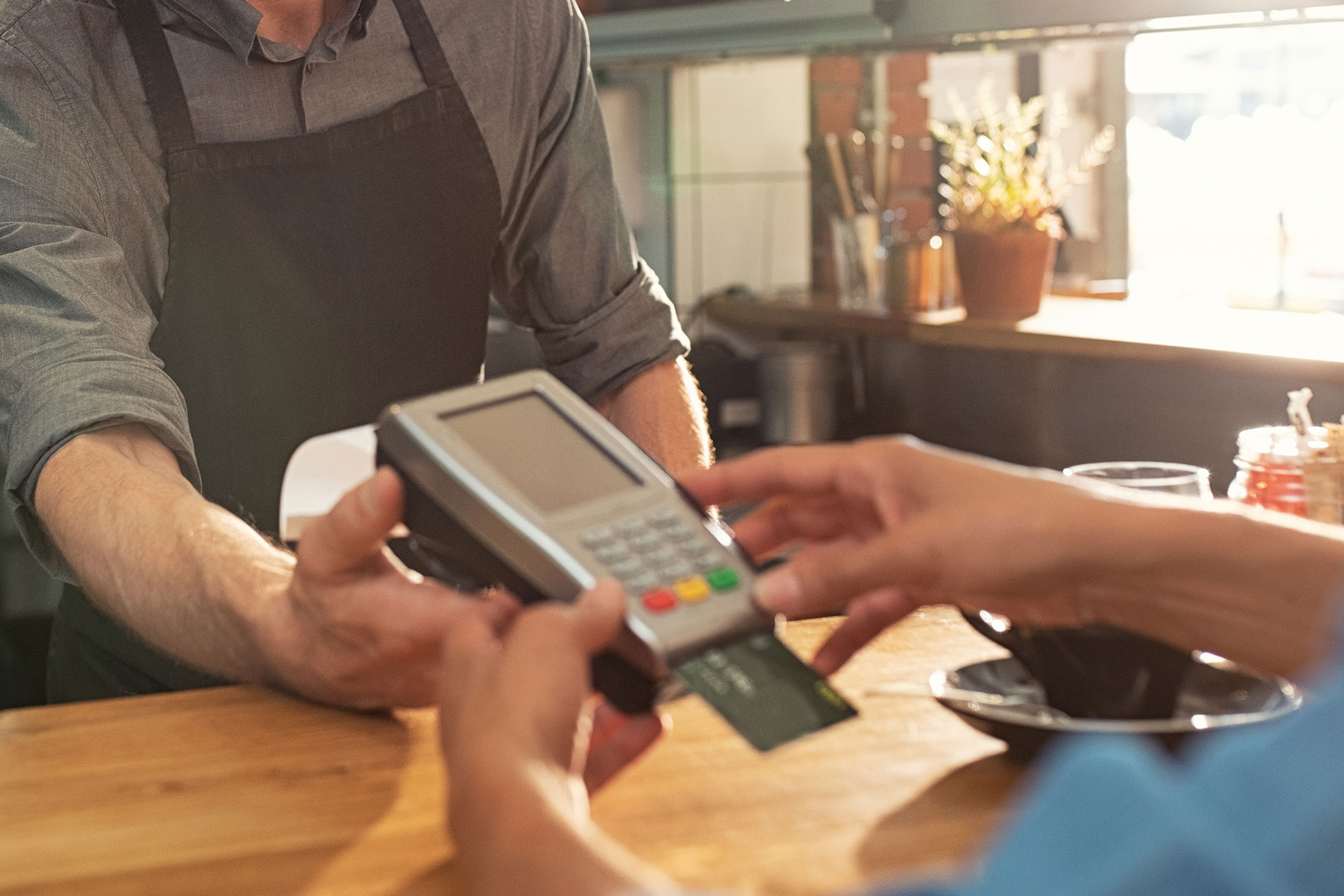
POS transaction for online orders
The POS transactions which occur while making a purchase from an online retail store belong to this category. In this case, the store is not physically present, but the buyers can view product details online and order desired products that are delivered to their doorstep in some time.
The Point of sale transaction occurs when the buyer enters his/her credit card information and the money is transferred to the seller in the online category. In the case of unsatisfying product quality or faulty items, the amount is also refunded to the customers in some cases.
POS transaction for offline orders
When a buyer visits a store, chooses certain items, and makes payment at the cash counter on which a POS is installed then this category is termed as an offline point of sale transaction. In this case, the money is directly received by the seller without any delay.
These online and offline transactions are further categorized into three different types:

Sales
When a product or item is sold whether it’s a physical store or an online retail shop then this type of transaction takes place. In both cases, the cash or payment is directly received by the seller. The number of products sold, the amount of cash received, the date and time of purchase, the employee handling the sale, and the customer information are recorded in the POS system in order to monitor these factors for future predictions.
Purchases
This Point of sale transaction occurs when a buyer purchases a product from any medium and its return makes a payment. All the information associated with the purchase is recorded on the POS system.
Receipts
After the buyer has successfully purchased his desired products a receipt is generated for the esteemed customers which contain details like the amount of cash paid, number of products, name of items purchased, date and time of purchase, etc. This receipt is handed to the customer so that they can also keep track of the purchases they made at a retail store.
POS reconciliation and its relationship with POS transaction
The term POS reconciliation is becoming extremely important in small and large businesses and it is used when the accounting records of POS data sets are compared with each other. This is done to ensure that the recorded data and accurate.
Point of sale reconciliation is also explained as the calculations made to verify that the amount of cash in the cash counter is equal to the number of sales made on that day/month or year.

The POS reconciliation and POS transactions closely relate to each other as both are used to verify each other’s data. The data extracted with the reports generated in a Point of sales system is cross-checked through Point of sale reconciliation methods. As a result, the inflow and outflow of cash are recorded perfectly.
Benefits of POS reconciliation
Eliminate accounting errors
The POS reconciliation methodology removes any possible human errors in the calculation of finances and helps you analyze data in an accurate manner.
Secure business deposits
The cross-checking carried out during this procedure also helps you to be sure about the cash amount reserved in your account so that future investments or purchases can be predicted in an accurate manner.
Stability
The Point of sale reconciliation process also accelerates stability in the management of your business-related finances. The exact estimation of available cash helps you plan ahead of time and carry out your tasks smoothly.
Identify unauthorized transactions
The double-check of all the sales and purchase-related finances also helps you identify the transactions which are not authorized and minimize the risk of unnecessary cash outflow.
To sum up
We have gone through a basic understanding of POS transactions and POS transaction types. If you want to explore more about POS transaction or any other aspects of retail, feel free to talk to our consultant.
![A comprehensive guide to point of sales (POS) transaction [2022]](https://www.magestore.com/wp-content/uploads/2020/06/magento-data-centralization-scaled.jpg)
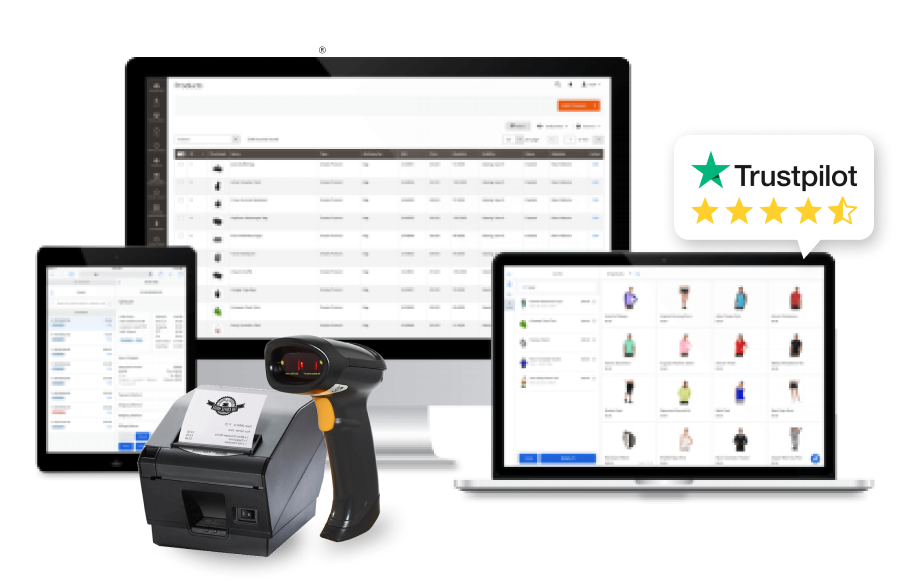







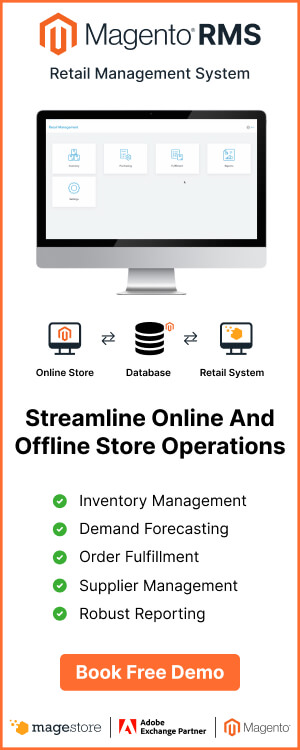

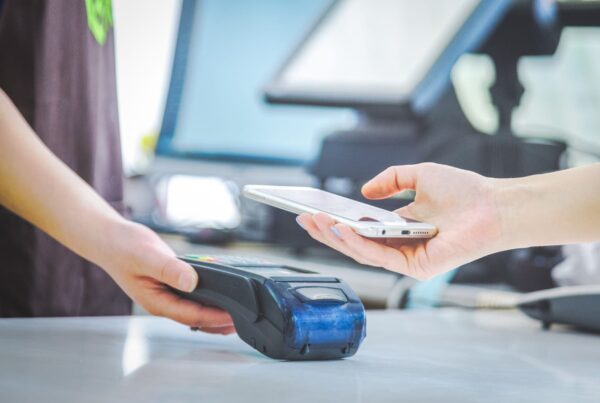
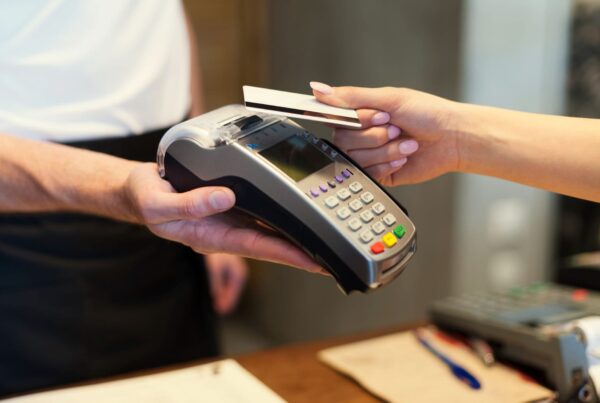






Retail business has some definite changes every year and with technology upgradation, owner also has to make changes in their business process. With point of sale I am able to update my work process seamlessly. Retailers can try this out once if it suits their business.
I now understand that POS has two kinds of transactions; one mainly happens online where there is no physical store and payment is usually made via credit card and the other one is the traditional offline transaction in a real store. If I were a retailer, I would really understand how a management system could be helpful and both these transactions, especially on a larger scale.